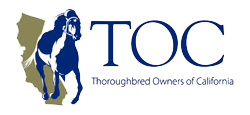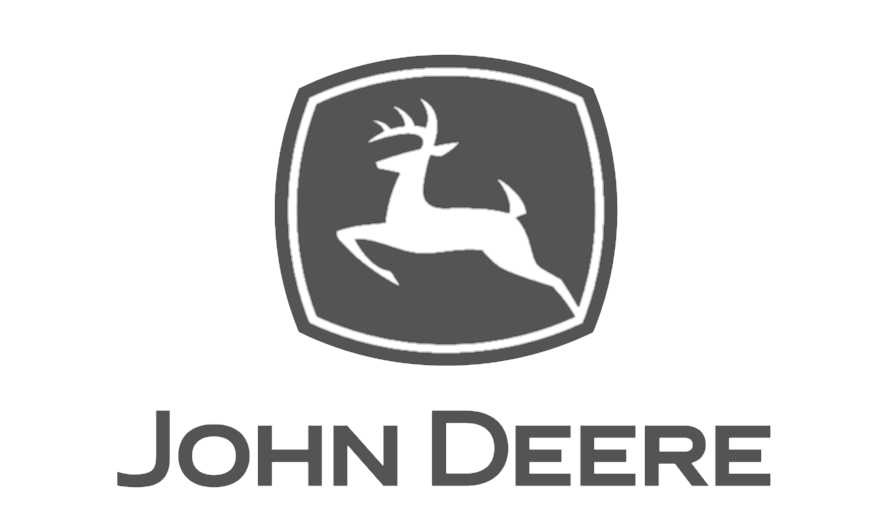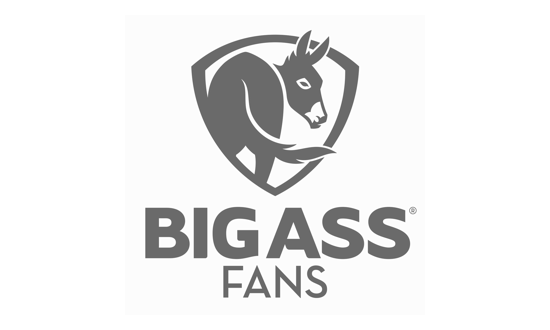What Does it Cost to Train a Horse?
By Richard Stacy
A Thoroughbred trainer charges his client a fee, commonly referred to as “the day rate” for the daily training and upkeep of a horse, including labor, feed, supplies, etc. Informal debates have long been held regarding the day rate, and whether or not trainers make significant profits from the training rates they charge. The intent of this article is to break down the costs that a trainer incurs, so that owners have a better understanding of their monthly training bill. The figures used are based upon an average training rate of $60.00/day (common in Southern California), with a trainer having an average of twelve horses.
Labor Cost
Grooms are responsible for the day-to-day care of your horse, and are a key player in the well-being of your beloved asset. In most barns, a groom handles four horses per day and is usually paid $11.00 per horse. Grooms work seven days a week, and are responsible for preparing the horse for his daily routine. This includes tacking the horse for his morning exercise, cleaning the stall, and bathing and grooming the horse upon its return. Hotwalkers take care of the horse after its morning exercise, walking the “hot” horse until he is cool. They also help the groom bathe the horse. For their efforts, they are usually paid $6.00 per horse and walk an average of five horses per day. Grooms and hotwalkers are employees of the trainer, so in addition to the $17.00 paid on a daily basis for their work, the trainer must also pay worker’s compensation insurance and taxes. Using an average of 17.9% of payroll for worker’s comp, $2.86 is now added to the daily labor cost. Add to that payroll taxes, social security, Medicare, and unemployment insurance of $2.84, and the trainer’s employee costs for your horse are now $22.70. Wait! What about the exercise rider? They are usually considered independent contractors, so the trainer does not pay worker’s comp and taxes on them.* Exercise riders are paid an average of $10.00 per horse, so now the daily labor cost is $32.70. A logical question at this point would be, do we need an exercise rider every day? The answer is no, but in all likelihood the horse will be ponied on the track if not ridden, also at a cost of $10.00 per day.
Feed
The next major component of the day rate is feed. An average monthly feed bill for a twelve-horse barn runs $4,700, which breaks down to $13.00 per day per horse. Hay, straw, and grain are included in this cost. Feed is not cheap, as currently a bale of timothy hay costs $24.00, alfalfa $15.00, and straw $5.75. A bag of grain runs about $15.00. Although different trainers use different amounts and types of feed, most agree that a Thoroughbred in training can be fed for between $12.00 – $15.00 per day. For our purposes, we will use $13.00.
Equipment and Supplies
In addition to the purchase of saddles, bridles, halters, and other tack, a trainer must keep on hand a variety of leg wraps, liniments, sweats, poultices, etc. An average monthly bill for a twelve-horse barn runs between $800-$1,000 which breaks down to $2.25 per day per horse. Most trainers also use certain machines to keep your athlete in prime condition, including ice machines, lasers, ultra-sound machines, and stem-pulse muscle stimulator units. Assuming the capital cost of this equipment is $10,000, they cost .77 per day, based upon a three-year depreciation. Some may argue that this equipment will last longer than three years, but due to the continual wear and tear that this equipment receives from outdoor use, it will usually have to be replaced or at least incur a major repair within this period.
Bad Debt
In addition to being horsemen, trainers are also businessmen, or should think of themselves as such. As a trainer is engaged in the business for profit, he should have a reserve for bad debts, like all good business people. Collection of money is difficult for many trainers based upon the attitudes of some owners who feel that they need not pay for services rendered unless their horse is winning money. A good business person reserves 2.5% for bad debts. Based on a twelve-horse barn billing $60.00 per day, this reserve equals $1.50 per horse per day.
Other Costs
As trainers acquire more horses, some costs will be reduced due to economy of scale. Net profits per horse will be increased. However, once a trainer goes beyond 20 horses, he will normally need to hire an assistant. Most assistants earn on average $2,500 per month. If a barn were to have 24 horses, an assistant will cost $3.47 per horse per day. There are numerous hidden costs incurred by a trainer. For example, when a horse trains at Hollywood Park and is entered to run at Santa Anita, he will ship the day before the race to “school.” The trainer will generally send the groom with the horse, leaving the remaining three horses in need of a groom. He will then also have to give the traveling groom money for gas and food, and also pay other grooms an additional amount to care for the three horses that remained behind, until their groom returns. Although not figured in this treatment of day rate, some trainers hire a night watchman, and bookkeeper, which will increase their labor costs. Also, the start-up costs for a trainer, including acquisition of tack, worker’s compensation deposit, etc. have not been included.
What the Trainer Receives
As illustrated, it costs a trainer about $50.00 a day to take care of your horse, although there may be wide variations depending on the type of care a trainer gives a horse. But taking the $60 scenario listed above, this leaves $10.00 for the trainer. Out of this, he or she must pay the phone bill (not a small cost if one keeps in good communication with owners), cover their own health insurance, and cover the miscellaneous expenses incurred in running a business. Not a lot considering the trainer plies his trade seven days a week, fifty-two weeks a year. He must win races, or at least finish well, in order to operate a profitable business. It is not the intent of this article to either support or dispute a trainer’s rates. There are many variations on a trainer’s regime that can increase or decrease costs, such as using a hotwalking machine, having grooms rub five horses, etc. However, such changes impact the environment in which your horse lives. You should take these factors into consideration before determining which trainer to use. There are approximately 800 licensed Thoroughbred trainers in California. Their rates will range from $45 to $80 per day. Rates are generally higher in the South. It is up to you, as an owner, to determine the trainer’s care program that best fits your needs. Visit the barn, ask questions, and consult other owners as to their experiences with a trainer. Remember, the choice is yours. Choose wisely!
Richard Stacey is President of Airco Filter Sales, a company he founded in 1979. A lifelong racing fan, Richard became a horse owner in 1986.






